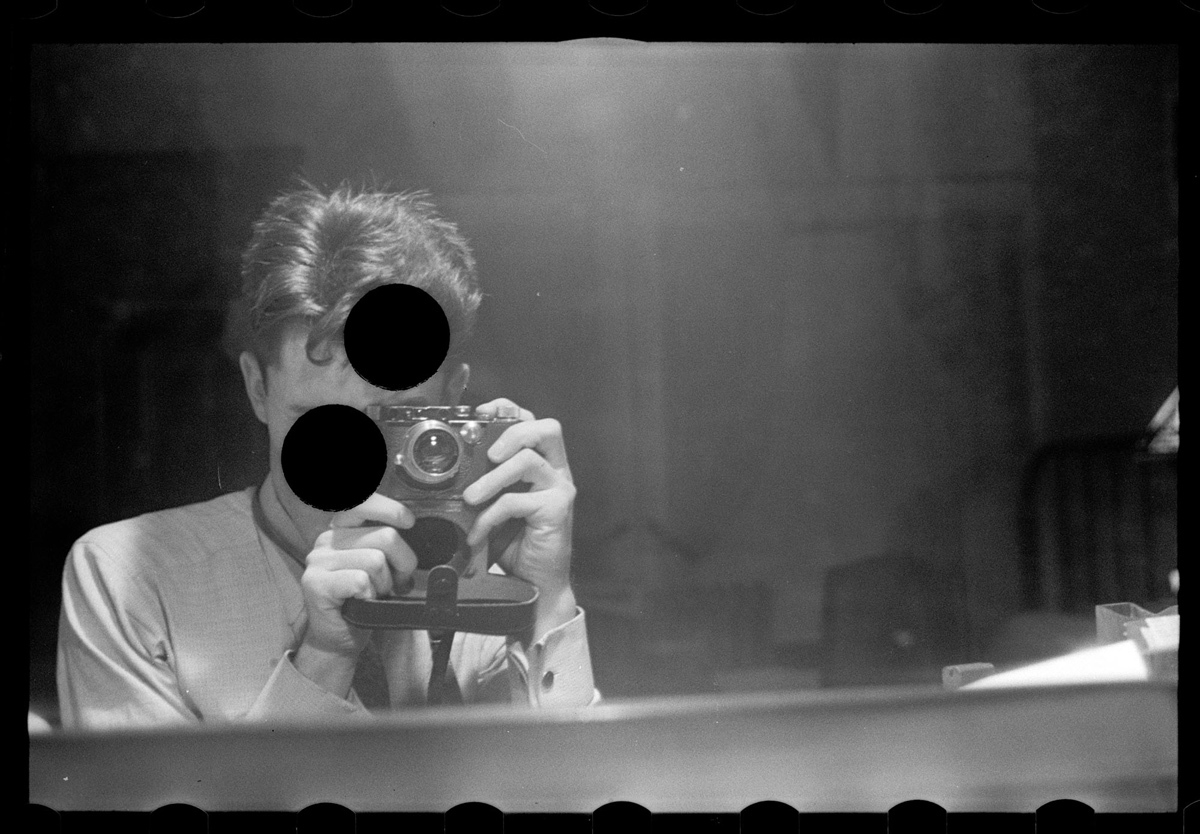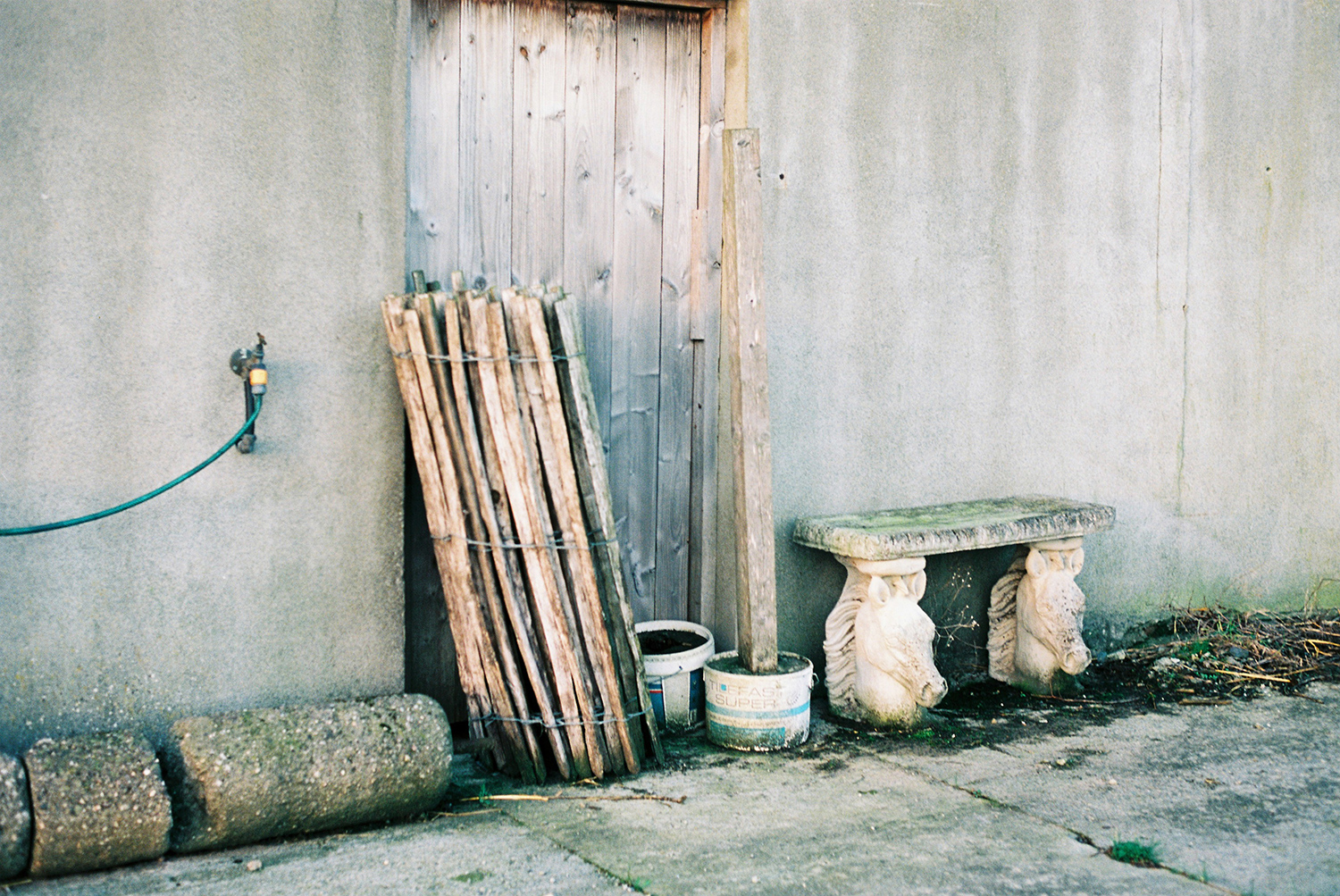Two years ago I wrote a thesis for my BA in Photography titled:
The Poetics and the Politics of Imagery:
National Geographic's representation of place through Instagram.
Why I chose to write this thesis is largely to do with what motivated me to start photography in the first place; the awe-inducing, colour rich imagery that filled the pages of the monthly magazines my family collected from National Geographic. As a child these photographs were pure escapism - and made me want to create similar work of far off places, abseiling down into million year old caves to capture their hidden beauty. And it was more than just that; I wanted to create pieces that filled others with that same amazement. It was only when I started college, learnt about the coding and implied meanings that are infused within all of photography that I started to look back at those glossy pages with a heavier heart.
My abstract read as follows:
The gaze of western photography has shifted; while imagery is still produced to refer to the ‘otherness’ of the people from a non-Western society, is no longer the reason the audience consumes the photograph. Exploration and travel photography has now become almost exclusively about the explorer, about the westerner building their identity, and the surrounding country and culture become nothing more than a backdrop.
In this thesis I examine the change in representation of space and place in imagery published online. To do so I analyse the impact of social media on the genre of exploration and travel photography, specifically studying the imagery distributed on National Geographic’s primary Instagram account. I discuss how ‘representation’ develops cultural meaning using the work of Stuart Hall and Edward Said, and reviewing how digital media has evolved. I then conduct a content analysis of a sample of the @NatGeo Instagram account. I draw upon Jane Collins and Catherine Lutz’s previous content analysis of the print editions of National Geographic from 1950 - 1986. Expanding some of the results of the content analysis, I finish my analysis by looking at how the ‘West’ uses images of the ‘non-West’ to construct identity.
While there isn't much of a poetic flow to what I've written above, it does dive right into what I'm going to be talking about. Over the coming weeks I'm going to release each chapter of my thesis as a blog post, (but working on the language to make it a bit more palatable to everyday reading).
My decision to share this now, two years later, comes after reading an article by Susan Goldberg, National Geographic's current Editor in Chief. The piece is part of next months publication - The Race Issue, a special issue of National Geographic that looking at race. I couldn't not click on the headline: "For Decades, Our Coverage Was Racist. To Rise Above Our Past, We Must Acknowledge It."
Introduction
“Viewers tend to look through photographs rather than at them.”[1]
In his book Photography and Exploration, James R. Ryan discusses the imagery made around the topic of expeditions and exploration.[2] In the opening chapter he questions how the ‘quest for the unknown’ has created the expansive genre that exploration photography is today - and to answer this, Ryan discusses a series of smaller questions: regarding the relationship between photography and exploration; how and why were photographs of exploration made, distributed and displayed; and has photography impacted how explorers observe the world?[3]
Photography was developed during a time of western colonial expansion. Seen as a science, photography became the key element in whether an expedition had credibility, and gave the explorer higher status on returning home.[4] Giving people the ability to see places that existed thousands of miles away, from the comfort of their own house, was revolutionary. When the viewer looked at a photograph, they were seeing the object depicted as a fact, as opposed to regarding the image as merely a representation. Exploration photography was created with the aim to show the ‘truth’ and document. One on hand, an image can be referred to as an objective record; it reproduces what is put in front of the lens. However, it is also an affective image; the ability to crop certain things out, or to have a specific focus, results in the photographer being able to construct specific views of places. The technical and mechanical process that was involved with photography masked the fact that the person operating the machine held a power over how a space or person was represented, and resulted in its initial audience being woo-ed by it's perfect capture of life, and therefor factual accuracy.
Beyond that, expeditions also needed funding. If the imagery from expeditions was boring and did not engage with the public, evoking some sort of emotional response, then sponsorship for further research would die out.[5] What Ryan sheds light on is how necessary the promotion and selling of an expedition was. After an expedition the explorers would give talks, and reproductions of the images from the trip would be made and disseminated in as many mediums as possible. The explorers who became famous from either commercial or state sponsorship championed the marrying of exploration and photography. Their work promoted a language of positivist science – a language and ideals where ‘objective observation could conquer the unknown.’[6]
For an example of the power that imagery possesses, you only have to look to the photos from Robert Falcon Scott’s expedition race to the South Pole in 1911.
(fig 0.1). Henry Bowers, Oates, Bowers, Scott, Wilson, and Evans at the South Pole, 18 January 1912, halftone photograph reproduced in the Daily Mirror (21 May 1913) with the caption ‘Triumph Before Death: The Five Heroes at the South Pole’.
Scott’s team made it to the South Pole but lost the race, with the group dying on their trip home. However, because they and their belongings were recovered some eight months later, the photographs of their trip were returned to England. The photographer from the trip, Henry Bowers, was a skilled technician, and portrayed the men he was travelling with as brave and noble, while still appearing human. Once published, these images turned the team into heroic figures.[7] The photographs were widely published through newspapers, books and lectures, and their images are the main photographic work associated with the first expeditions to the South Pole. The propagation of exploration photography has only grown from here. What Ryan does not state specifically is how travel and exploration became part of the photographic discourse before photography was understood to be part of the travel discourse, never mind before it was accepted as a practicable medium for recording.[8] Therefore, it is unsurprising that photography developed with the assumption that it was a device of recording truthful and exact representations of places.
(fig 0.2). Herbert Pointing, ‘Capt. Scott in his den’, 7 October 1911, gelatin silver print.
This thesis analyses exploration and documentary photography’s portrayal of different landscapes and peoples; how the explorer and the native are portrayed in photography; and how the digital medium has impacted the landscape, the people, and the viewer.
The next section to be published will be, Chapter one, whic opens with the history and ethos of The National Geographic Society. I then discuss representation, referencing “The Work of Representation” by Stuart Hall.[9] I use Hall’s text to create a foundation of what ‘representation’ means, the analysis progressing to Roland Barthes’ work on representation and semiotics. The discussion ends with a short reference to Edward Said’s book Orientalism. Here Saussure’s theory of representation is linked to how the ‘West’ and ‘non-West’ perceive themselves because of the other’s existence.
Ideas of how space and place affect people’s perception of time are then analysed, looking at images published by National Geographic. The article discussed depicts areas of South America with the assumption that they are imagery is faithful to Charles Darwin’s experience of that landscape during the 1800s.
Chapter two will start with a review of how digital media has affected the production and propagation of images, then taking a specific look at the application Instagram as a platform, and continuing ideas of space, place and time, and how that is effected in the digital age. I then conduct a content analysis of National Geographic, drawing on the writings of Gillian Rose in Visual Methodologies, and that of Lutz and Collins in Reading National Geographic. The content analysis looks at trends in the image content of different areas of the planet. The results are examined and debated, with work by Edward W. Said and Joan Schwartz becoming more prevalent to the discussion.
In Chapter three I will take a closer look at images from National Geographic’s Instagram account and analysis why these images were chosen to be published. The dialogue then turns to look at other Instagram accounts who produce similar imagery as that found on National Geographic’s profile, but are ‘faked’ photographs or misrepresentations.
This series of post will then finish with the original conclusion of my thesis, as well as some of my thoughts on it now that time has passed and I can see it with some distance.
If you want to stay up-to-date with this series as it's published, and my writing in general, you can now get it emailed straight to your inbox each week as soon as it's published.
Footnotes
[1] Ryan, James R. Photography and Exploration. United Kingdom: Reaktion Books, July 2013. p. 16.
[2] He defines exploration as ‘the search for, and recording of, new knowledge of undiscovered places, people, nature and phenomena.’ Ibid. p. 8.
[3] “Postcolonial critiques of Western ideas and writing about non-Western lands and people have proved a catalyst for studies that trace the deep involvement of practices of exploration within both the practical and imaginative dimensions of western imperialism; far from ‘discovering’ truthful knowledge of places and peoples, European and American explorers often constructed an ‘other’ which Western fantasies of superiority and justifications of political domination could be projected.”
Ibid. p. 8 – 9.
[4] Ibid. p. 15.
[5] Ibid. p. 16, 23, 24.
[6] Cit. Op. Ryan p. 33.
[7] Ibid. p. 55.
[8] Schwartz, Joan M. “The Geography Lesson: Photographs and the Construction of Imaginative Geographies.” Journal of Historical Geography 22.1 (1996): 16 – 45. Print. p. 19.
[9] Hall, Stuart. “The Work of Representation.” Representation: Cultural Representations and Signifying Practices. Ed. Stuart Hall. Thousand Oaks, CA: Sage in association with the Open University, 1997. 1 – 75. Print.
List of Illustrations
Figure 0.1: Bowers, Henry. ‘Oates, Bowers, Scott, Wilson, And Evans at the South Pole.’ Ryan, James R. Photography and Exploration. United Kingdom: Reaktion Books, July 2013. p. 55.
Figure 0.2: Pointing, Herbert. ‘Capt. Scott in his den.’ Ryan, James R. Photography and Exploration. United Kingdom: Reaktion Books, July 2013. p. 54.



























































